PhD Defense – Shane Furze
The Forest Watershed Research Centre is proud to announced the successful PhD defense of Dr. Shane Furze. His thesis “A High Resolution Digital Soil Mapping Framework for New Brunswick, Canada” presents an approach to digital soil mapping of soil properties for New Brunswick, Canada, following the underlying principles of soil formation in which soil properties …
